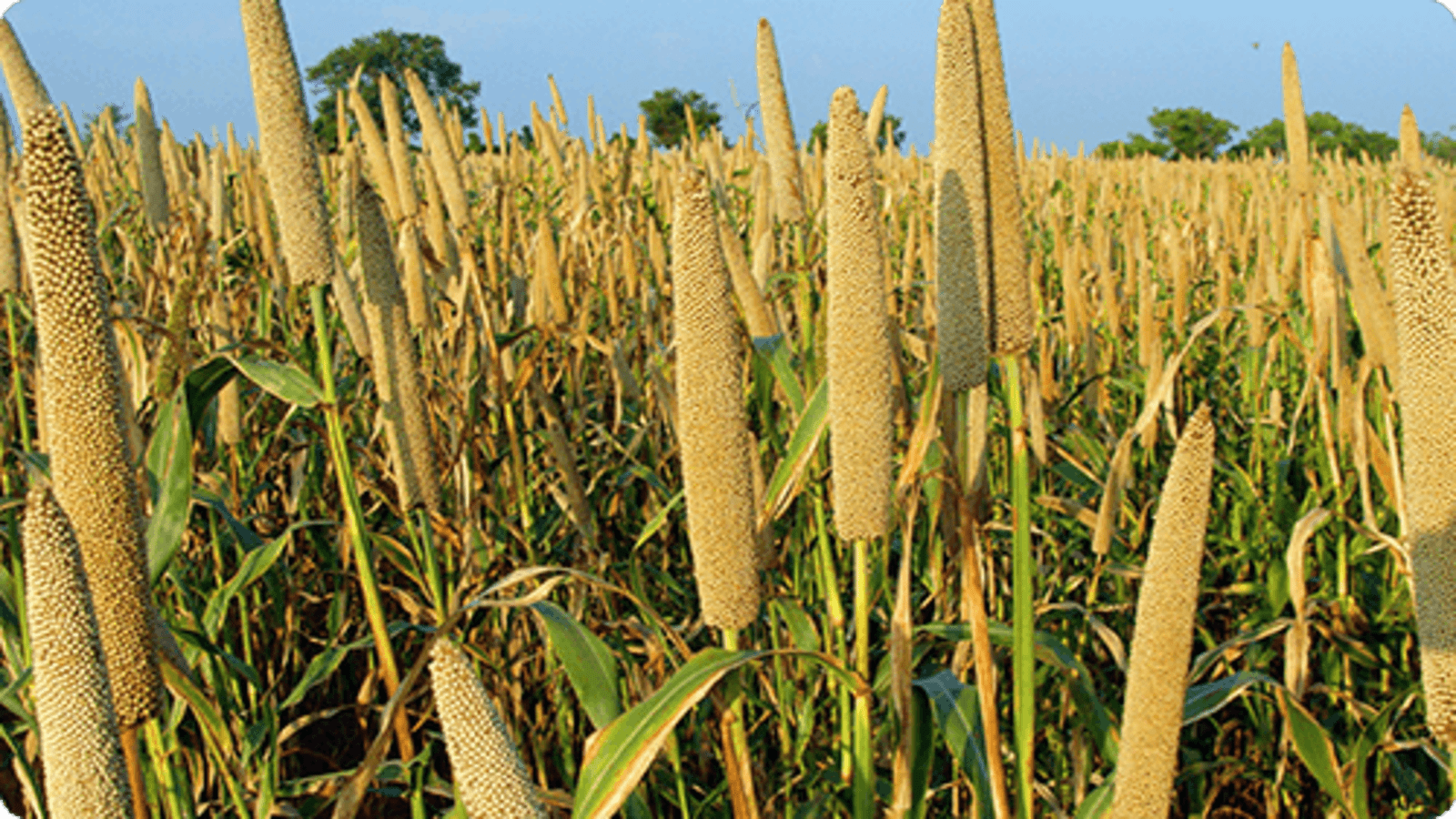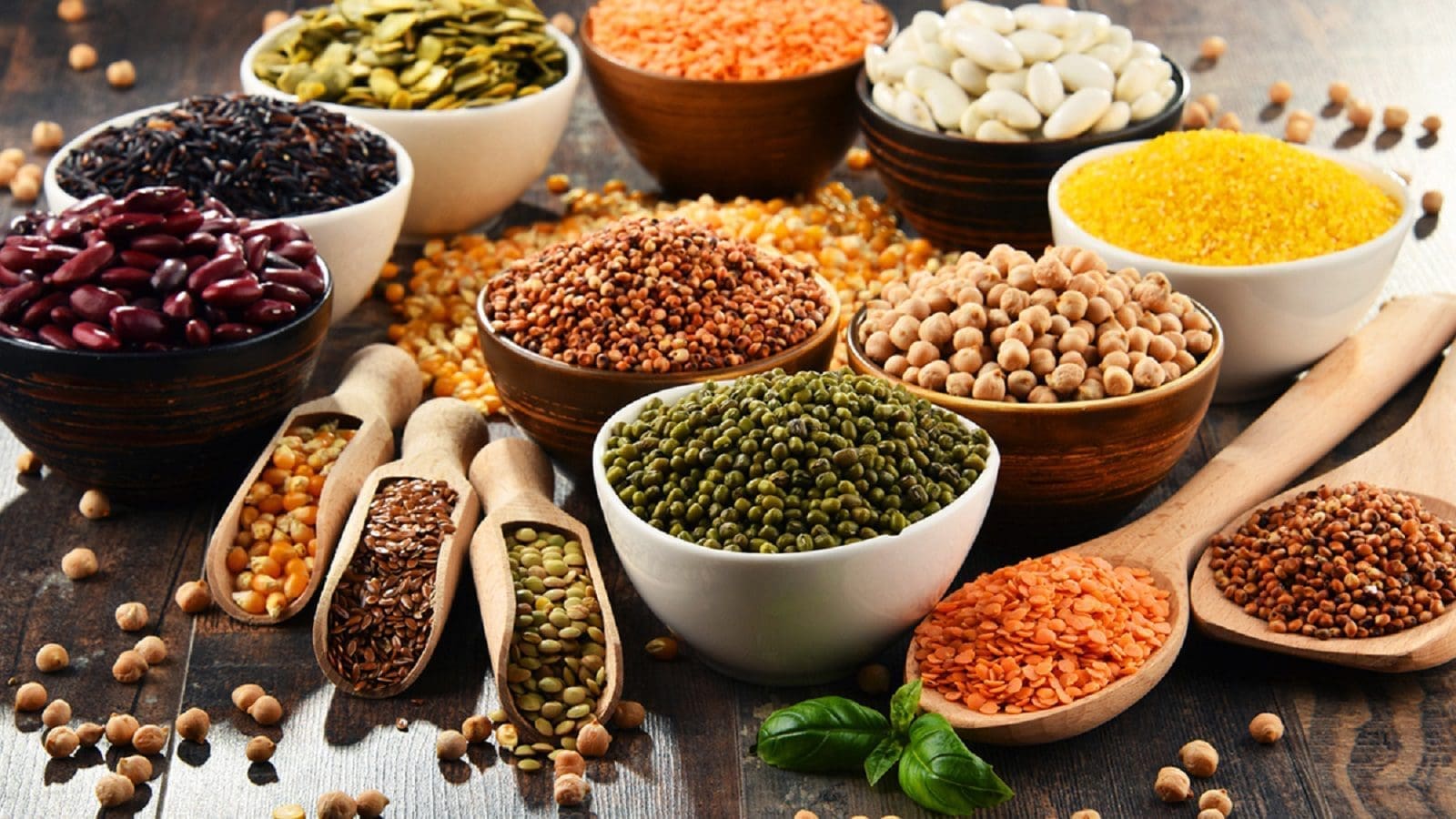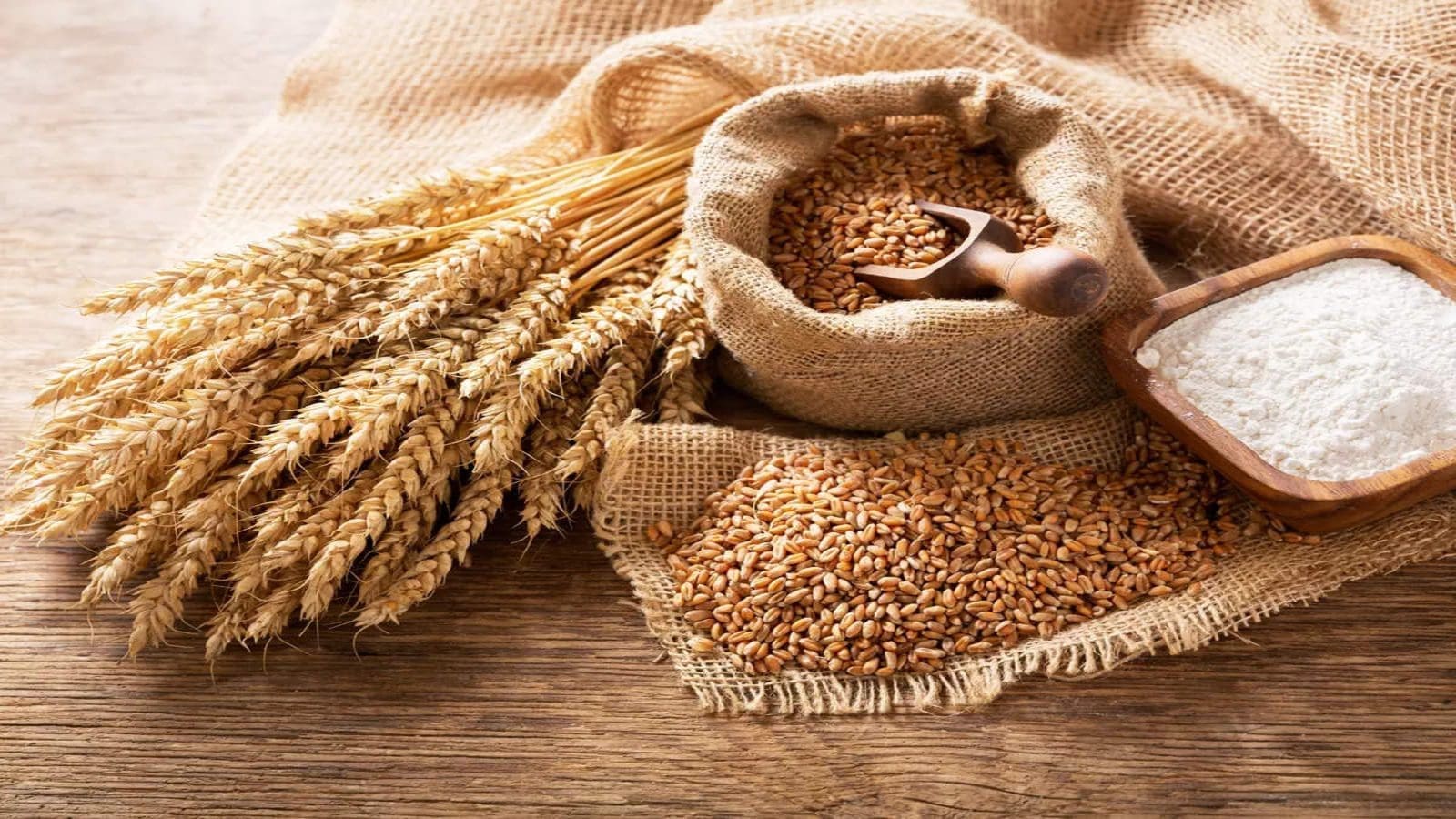NIGERIA – Farmers in tropical Nigeria are set for for better days following the development of new varieties of sorghum and millet with better nutrition, higher yields, and climate resistance, Farmers review Africa has reported.
The celebrated milestone was the brainchild of the International Crops Research Institute for Semi-Arid Tropic (ICRISAT) in collaboration with Nigeria’s National Agricultural Research System, Lake Chad Research Institute (for pearl millet), and the Institute for Agricultural Research, Ahmadu Bello University (for sorghum).
According to the experts, the varieties are suited to the country’s Sudano-Sahelian/semi-arid ecologies and are designed to be high-yielding, nutritionally enhanced, and well-adapted to local conditions.
The dwarf sorghum varieties developed are named SAMSORG 52, 53, and 54, and are suitable for insurgency-endemic regions where tall crops are prohibited.
They additionally exhibit high grain and fodder yields, are early maturing, and are Striga tolerant with SAMSORG 52 also being a good ingredient for weaning food due to its high iron content.
The experts noted that their collaboration shows their commitment to bringing innovative technologies and crops to help farmers meet the challenges of the future while improving their yields and livelihoods.
Africa’s millet to address hunger and climate change
Meanwhile, the Food and Agriculture Organization (FAO) has celebrated millet’s potential to address climate change, improve nutrition and increase farmers’ incomes during a special event that marked the International Year of Millets 2023, according to APO Group News.
The celebration was in honor of the United Nations General Assembly (UNGA) at its 75th session in March 2021 which declared 2023 the International Year of Millets (IYM 2023).
According to UNGA, FAO is the lead agency for celebrating the Year in collaboration with other relevant stakeholders aimed to create awareness of the potential of millet in solving food insecurity issues globally.
Millets can grow on arid lands with minimal inputs and are resilient to changes in climate hence an ideal solution for countries to increase self-sufficiency and reduce reliance on imported cereal grains
During the special event dubbed ‘Dine on a Mat’, millets took center stage and were celebrated for their potential in addressing climate change, boost nutrition, and increase farmers’ incomes.
The event saw ambassadors, high commissioners, government ministers, UN and development partners, and other high-level guests take part in a dinner of fonio and other millets delicacies
“Millets have a lot of potential for agricultural transformation. If we can increase productivity, and add value along the supply chain through processing it will benefit those who are producing especially a lot of women,” said Abebe Haile-Gabriel, FAO Assistant Director-General and Regional Representative for Africa
Currently, Africa is feeling the impact of the Russia-Ukraine war the hardest way in terms of food security due to low production following adverse climatic conditions.
FAO food price index posted a food price increase of 12.6% from February, reaching an all-time high in March, with cereals and vegetable oil prices surging.
According to UNGA, IYM2023 will be an opportunity to raise awareness of, and direct policy attention to the nutritional and health benefits of millets and their suitability for cultivation under adverse and changing climatic conditions.
The Year will also promote the sustainable production of millets while highlighting their potential to provide new sustainable market opportunities for producers and consumers.
For all the latest food industry news from Africa and the World, subscribe to our NEWSLETTER, follow us on Twitter and LinkedIn, like us on Facebook and subscribe to our YouTube channel










